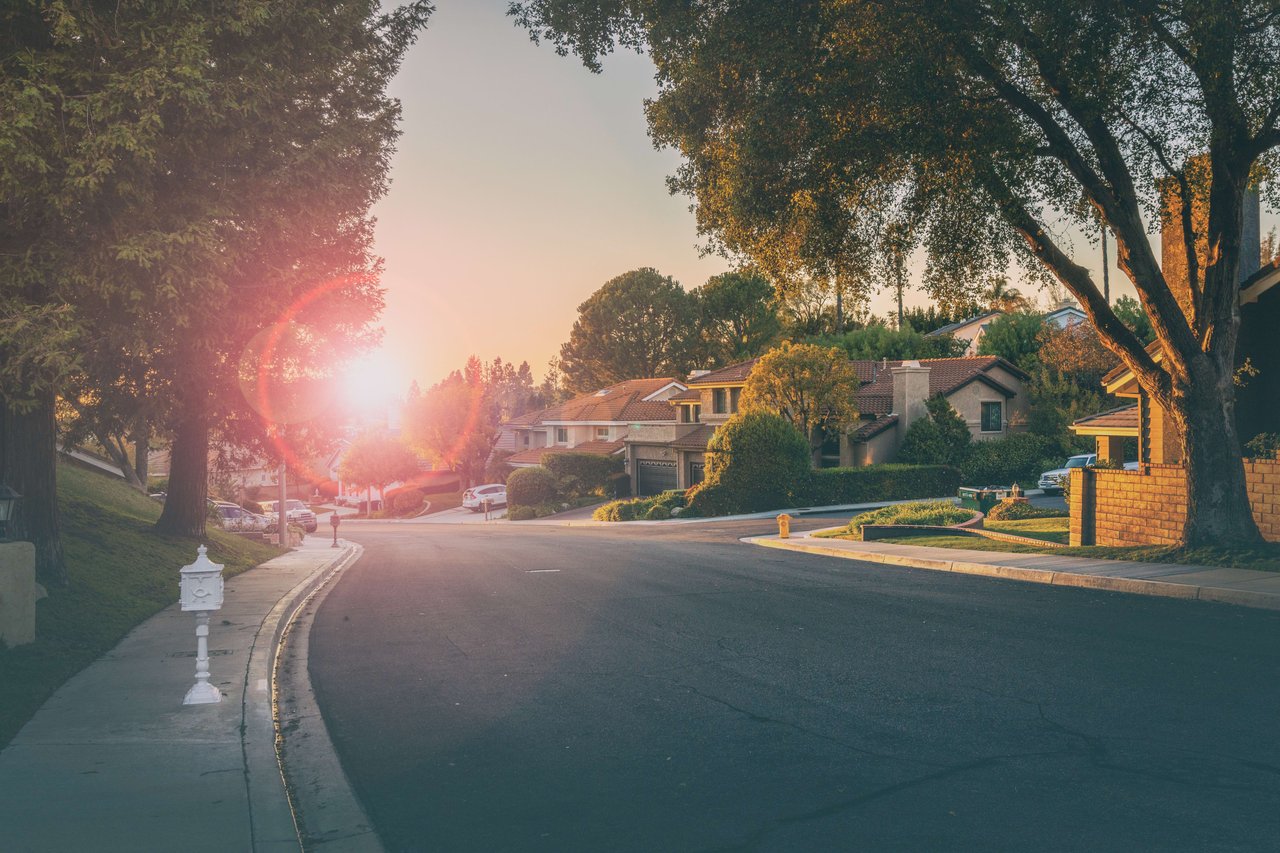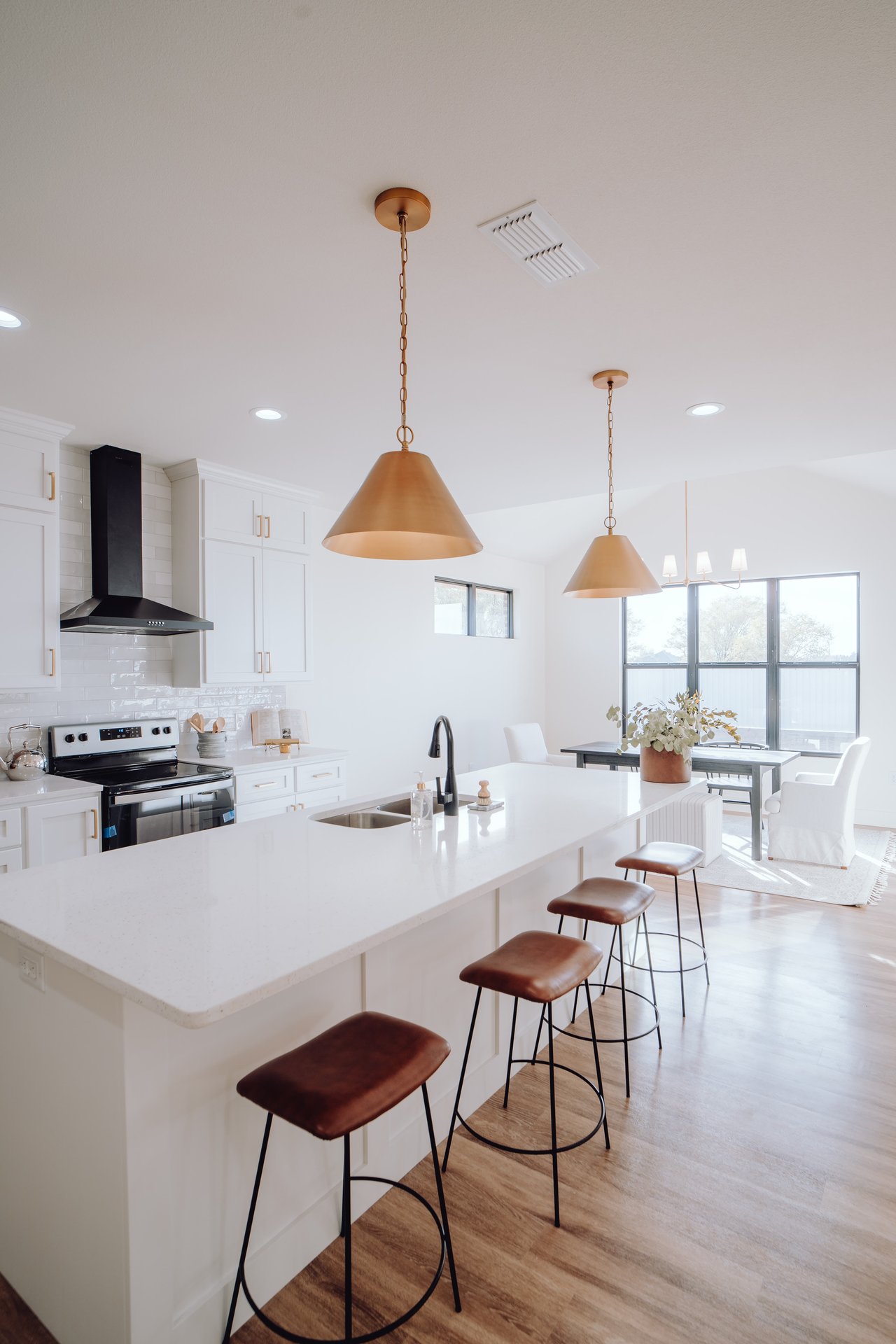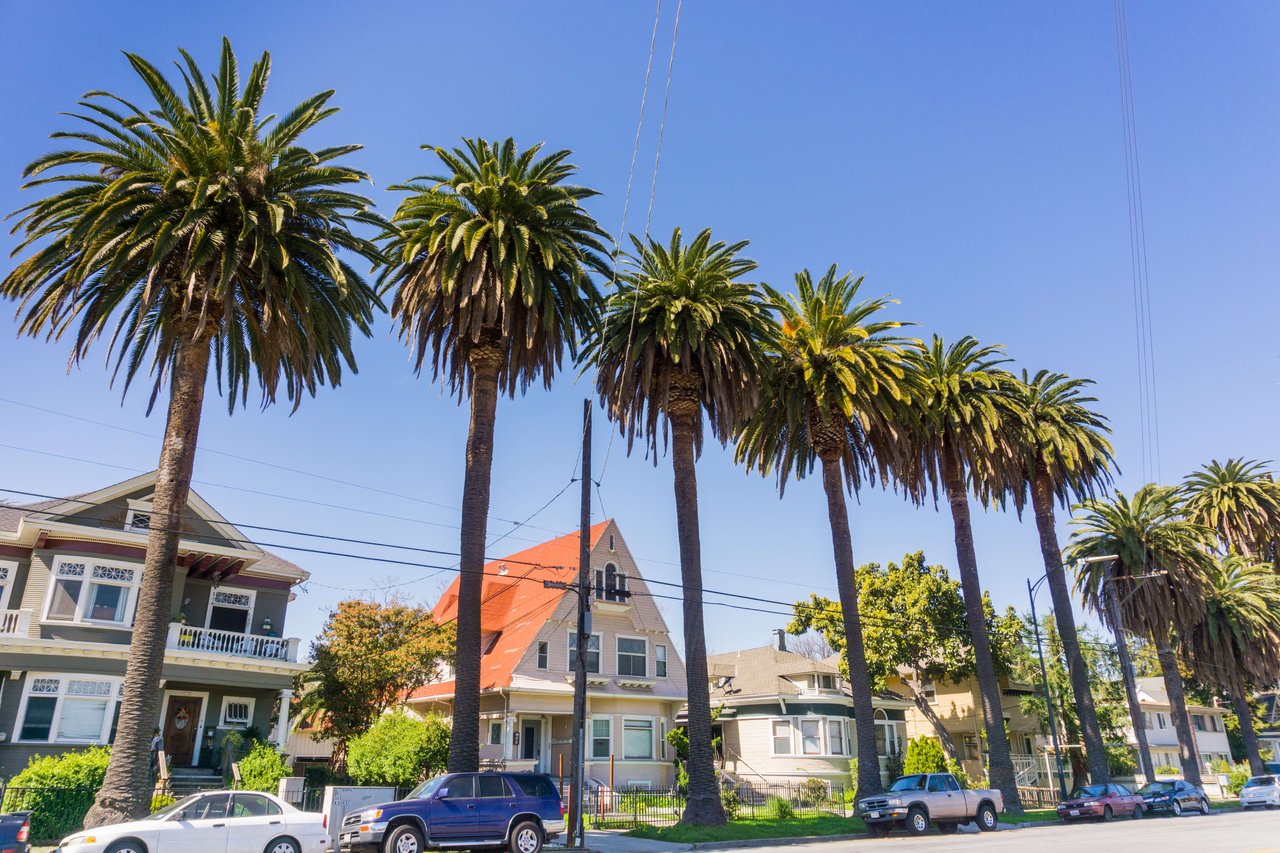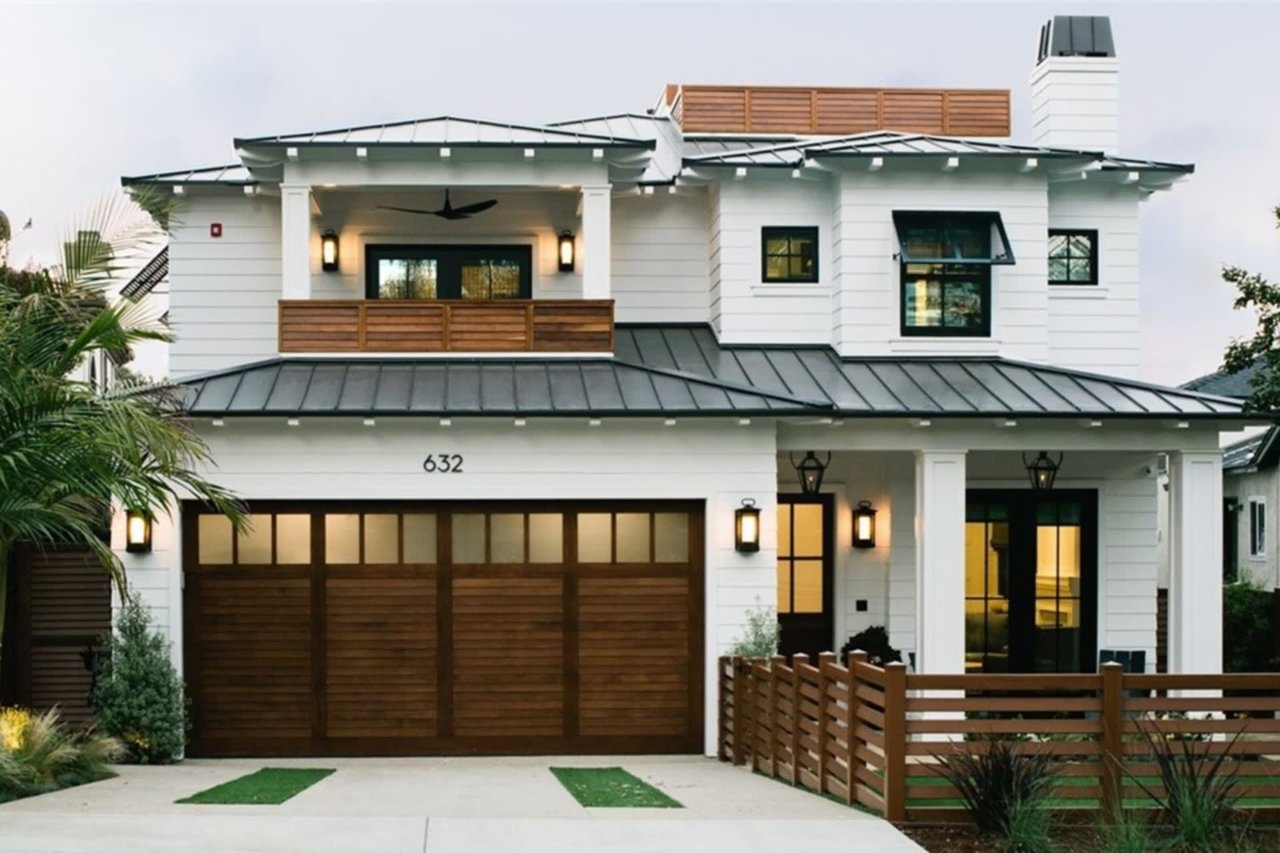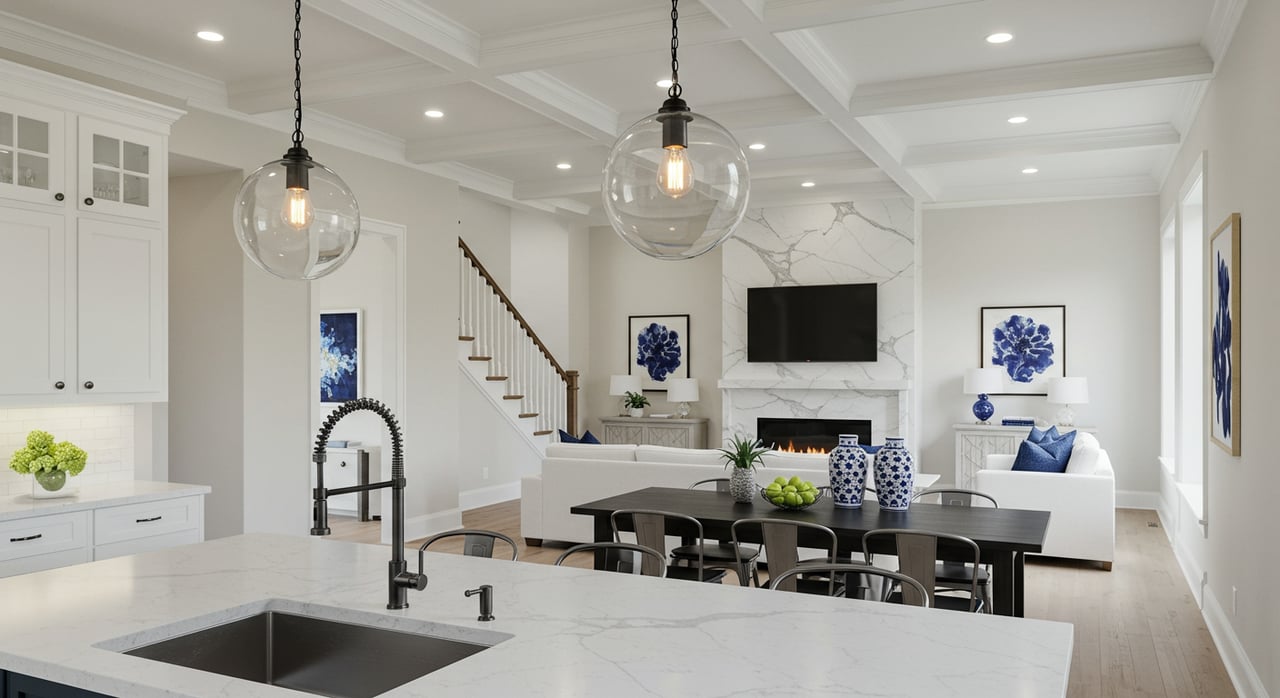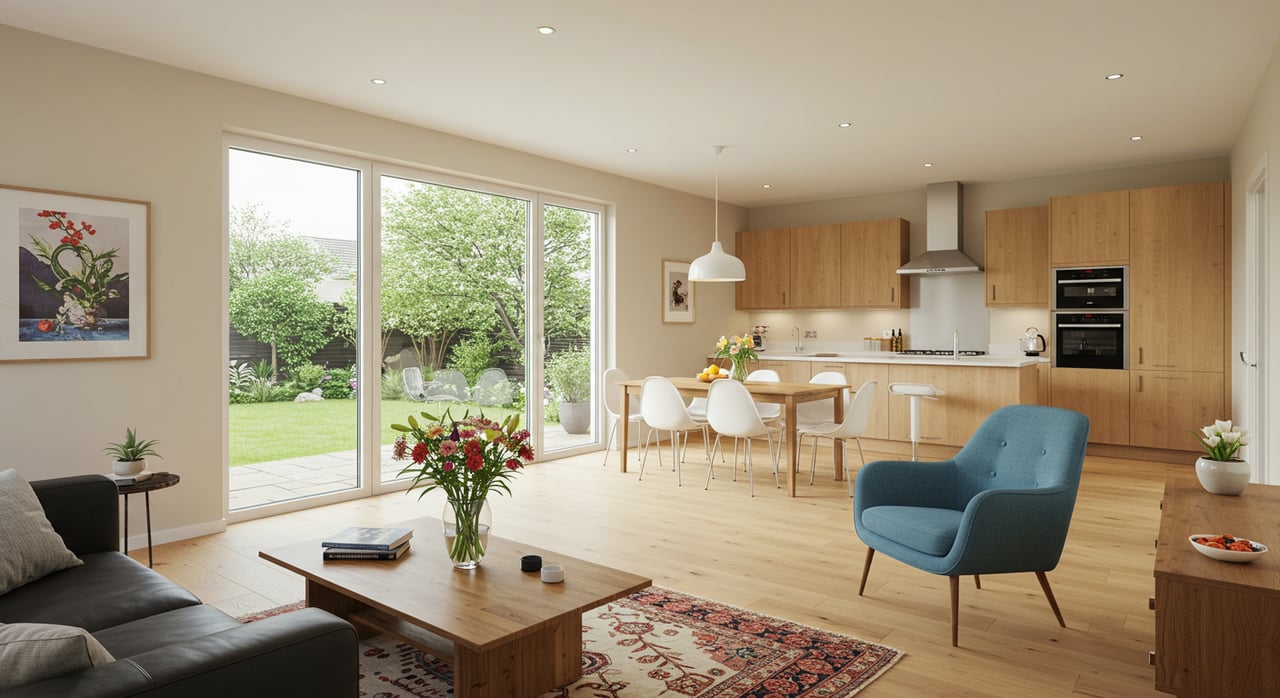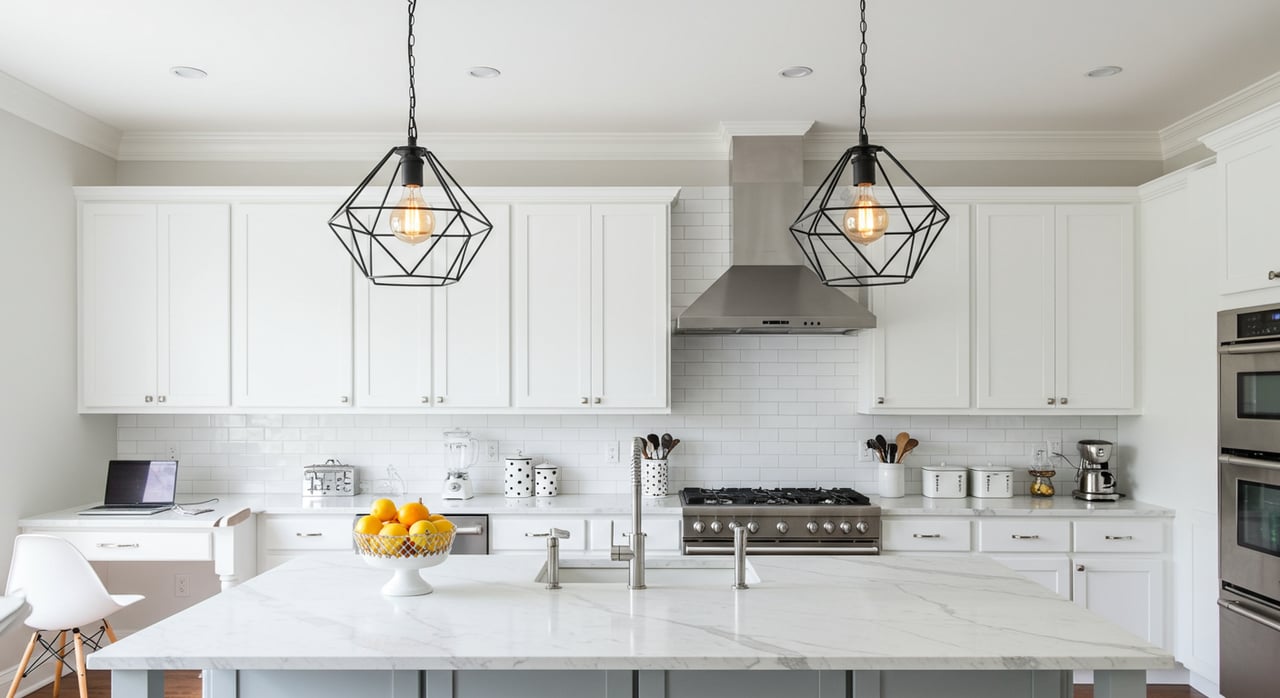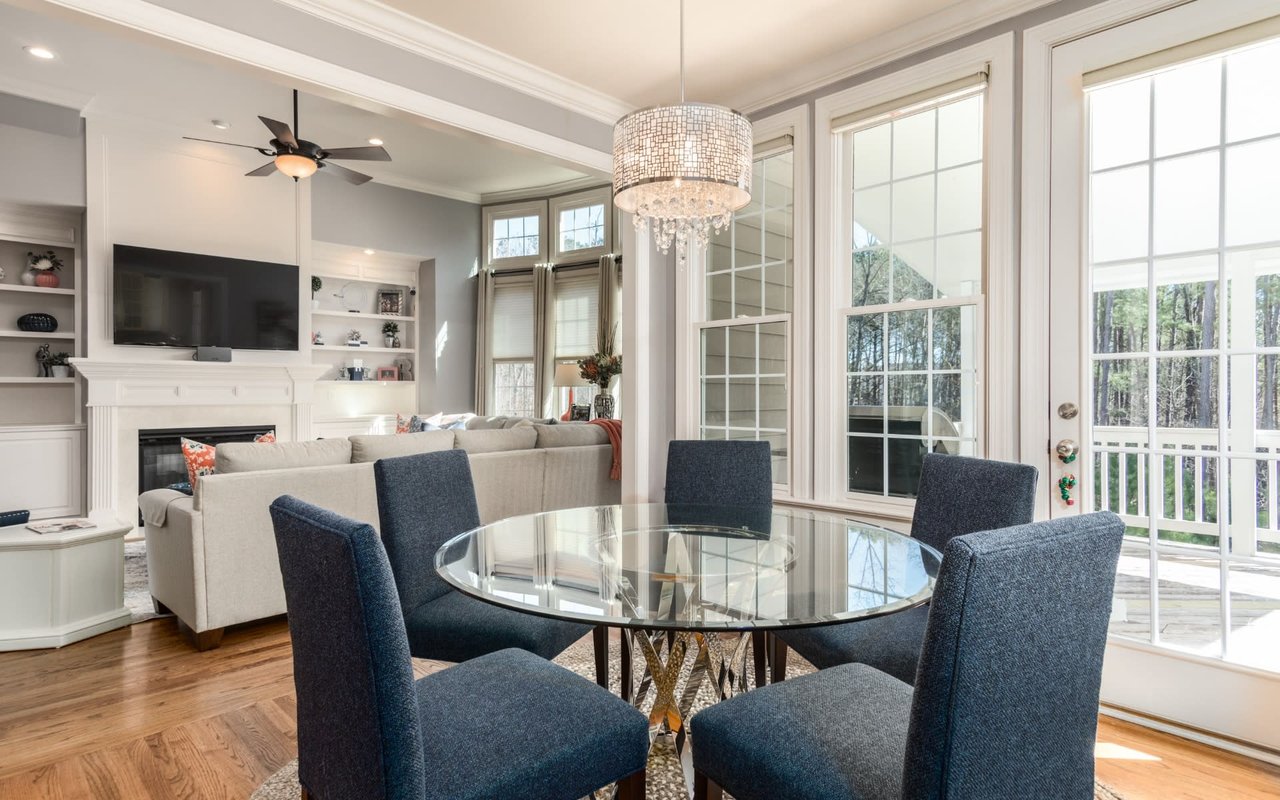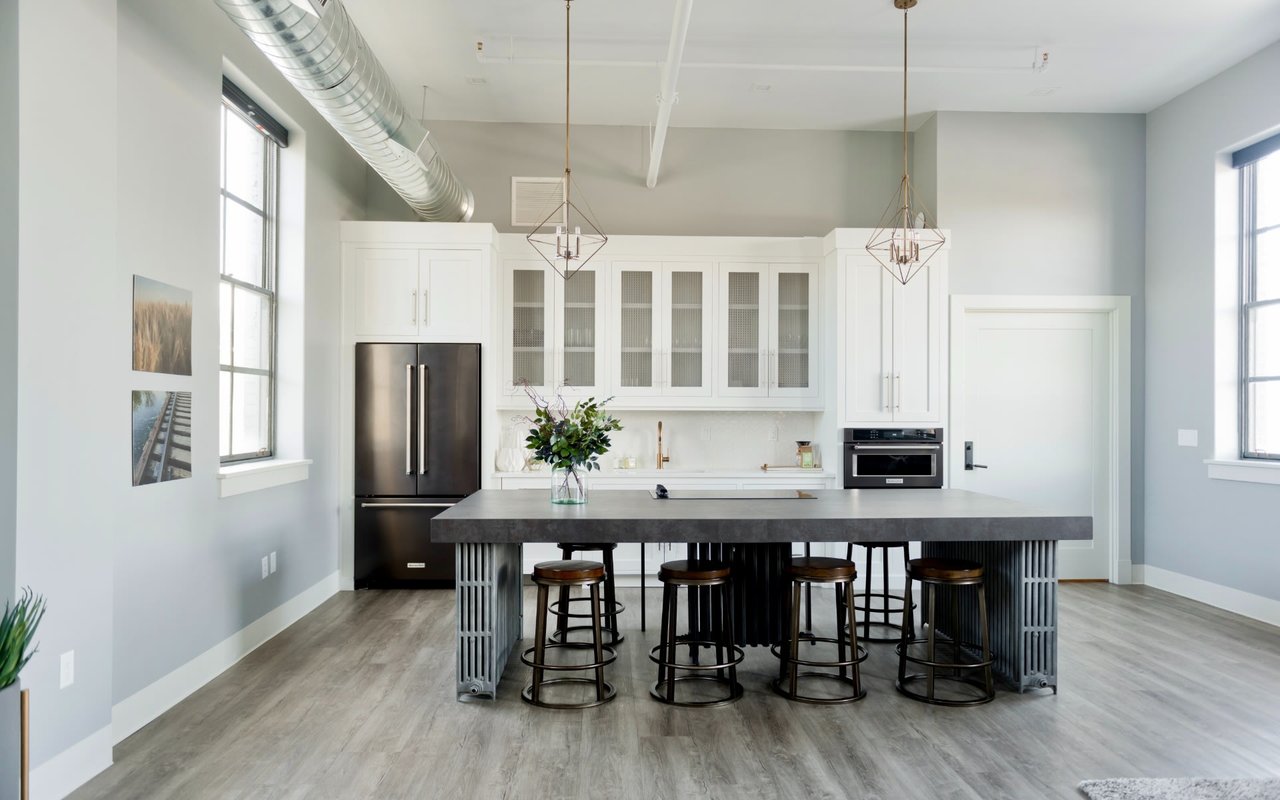When it comes to buying a home, there are many factors to consider. From the size and layout of the property, to the number of bedrooms and bathrooms, to the overall condition of the home, there is a lot to think about. However, one of the most important factors that often gets overlooked is the neighborhood. Understanding the neighborhood in which a home is located can have a significant impact on both the property value and the overall quality of life for the homeowner. In this article, we will explore the importance of understanding neighborhoods before buying a home, and provide some tips on how to research neighborhoods so that you can make an informed decision.
The benefits of understanding neighborhoods nuances
When it comes to understanding neighborhoods, there are several benefits to consider. The first is property value and resale potential. Neighborhoods that are in high demand, with well-maintained homes and a strong sense of community, will typically have higher property values and better resale potential than neighborhoods that are in decline. Additionally, understanding the neighborhood can also help you to make more informed decisions about the overall quality of life in that area. Neighborhoods that offer a wide range of community amenities, such as parks, playgrounds, and community centers, can provide a better quality of life for homeowners and their families.
Safety and crime rates are another important factor to consider when evaluating a neighborhood. While no neighborhood is completely immune to crime, some neighborhoods have a lower crime rate than others. By researching the crime rate in a particular area, you can get a better sense of how safe the neighborhood is and whether it is a good fit for your family.
Lastly, walkability and transportation is an important aspect to consider in a neighborhood. Having access to public transportation, well-maintained sidewalks and bike lanes, and a variety of shops and restaurants within walking distance can greatly enhance the overall livability of a neighborhood.
How to research neighborhoods
Researching neighborhoods can seem like a daunting task, but there are several resources available that can make it easier. The first step is to start with online resources, such as neighborhood websites and social media groups, which can provide a wealth of information about local events, community amenities, and crime rates. Additionally, you can also look at real estate websites like Zillow, Redfin, and Trulia, which offer neighborhood information and statistics.
When evaluating a neighborhood in person, it's important to pay attention to the overall condition of the homes and yards in the area. Are the homes well-maintained? Are the yards well-manicured? Are there any abandoned or vacant properties? These are all signs that can indicate the overall health of a neighborhood.
Additionally, you should also consider asking the locals about the neighborhood. They can provide valuable insights into the community and can help you to get a better sense of what it is like to live there. Some good questions to ask might include: "What do you like most about living here?" "What do you like least about living here?" "What is the community like?"
The importance of understanding neighborhoods in the home buying process
In conclusion, understanding neighborhoods is an essential part of the home buying process. By researching neighborhoods and evaluating them in person, you can gain a better understanding of the overall quality of life in that area, as well as the property value and resale potential. By taking the time to do your research, you can make a more informed decision about where to buy your home and can help to ensure that you and your family will be happy with your decision for years to come.
As local expert, Jesse Dougherty has a deep understanding of the nuances of the various neighborhoods in the South Bay of Los Angeles and would be happy to share it.
